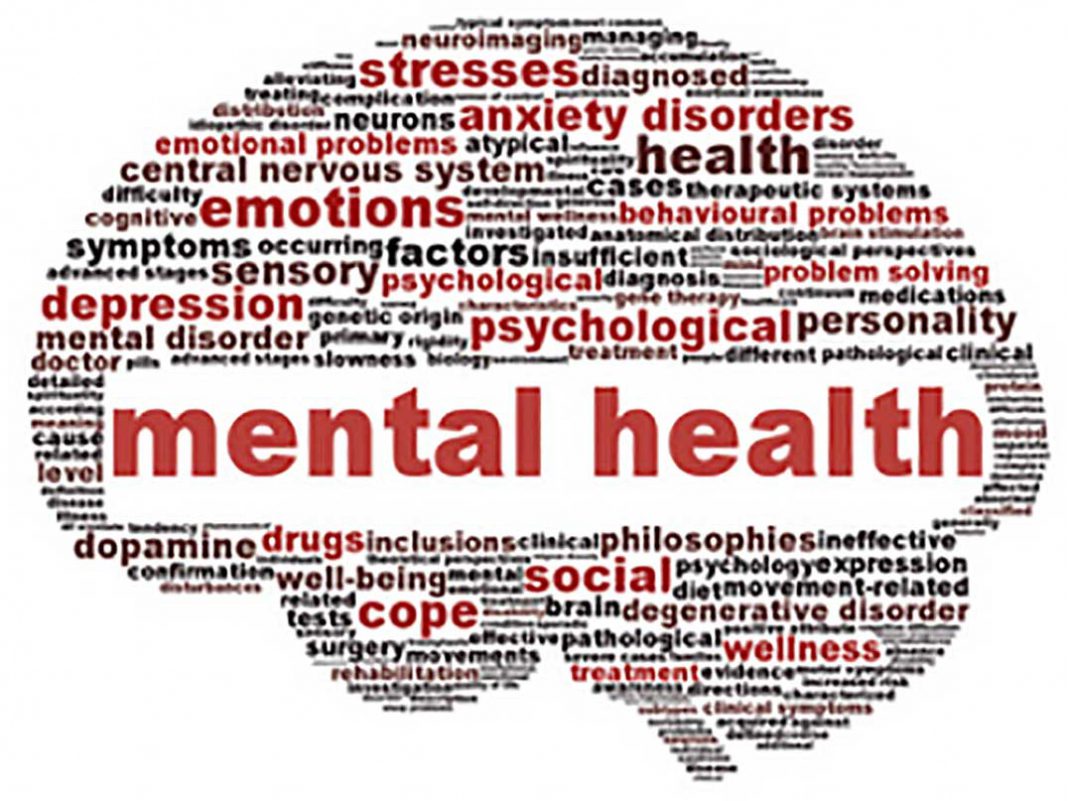CANADA—The world’s mental wellbeing is at a standstill, with the 2023 Mental State of the World Report from the Global Mind Project indicating no recovery to pre-pandemic levels. Despite technological and healthcare advances, global mental health remains at a concerning low, as revealed by the extensive survey involving over half a million participants across 71 countries. In terms of mental wellbeing across six dimensions of study, Canada places 40th of the 71 countries polled and 51st in terms of populations listed as “distressed/struggling.” Both figures are middling on the spectrum, however Canada is placing just below the United States as well as drastically below many countries in the global south.
Throughout the COVID-19 pandemic, there’s been a focus on tracking positive mental health indicators. Despite some positive trends, the rates of depression, anxiety, and PTSD have remained worryingly high. According to statistics Canada, as of late 2020, 20 percent of adults experienced moderate to severe symptoms of these mental health conditions, a number that rose to 25 percent by early 2021 and has remained steady since.
Notably, certain demographics report higher instances of these severe symptoms. Young adults between 18 and 24 years old have shown particularly high rates of depression (33 percent), anxiety (25 percent), and PTSD (15 percent). These findings are consistent with prior cycles of the Survey on Community Health Measures (SCMH) and are echoed by other recent surveys, indicating a greater prevalence of mood and anxiety disorders among Canada’s youth.
2SLGBTQ+ individuals also report higher rates of moderate to severe symptoms, with 45 percent experiencing depression, 35 percent anxiety, and 19 percent PTSD—significantly higher than the rates among heterosexual and cisgender individuals. Indigenous peoples report similarly elevated levels of these symptoms: 29 percent for depression, 24 percent for anxiety, and 16 percent for PTSD, compared to their non-Indigenous counterparts.
In Canada, the trend towards longer and healthier lives has been disrupted, with a notable decline in life expectancy by over half a year in 2020, marking the largest single-year decrease since 1921. Despite consistent improvements over the past four decades, the impact of COVID-19 and rising deaths related to substance use have led to this setback. As of 2021, the overall life expectancy at birth stood at 81.6 years, with men averaging 79.3 years and women 84.0 years. While both genders saw a decrease in 2020, the decline in 2021 was solely attributed to males, with a slight increase observed for females.
Additionally, while most Canadians rate their general health positively, there has been a concerning decline in mental health, particularly evident in increased anxiety and mood disorders among vulnerable groups. In 2021, 59.7 percent of Canadians aged 12 and above rated their general health as very good or excellent. However, the proportion reporting very good or excellent mental health dropped from 72.4 percent in 2015 to 59.0 percent in 2021, with significant declines seen across all age groups, especially among young adults aged 18 to 34.
Furthermore, in 2021, over 3.4 million Canadians aged 12 and above (10.4 percent) reported being diagnosed with an anxiety disorder, while over 3.1 million (9.6 percent) reported a mood disorder diagnosis. Both anxiety and mood disorders have seen an increase since 2015, with higher prevalence rates among certain demographics. For instance, First Nations people living off reserve and Métis individuals reported higher rates of anxiety and mood disorders compared to non-Indigenous populations. Similarly, those in the lowest income quintile were more likely to report these disorders compared to those in the highest income quintile.






